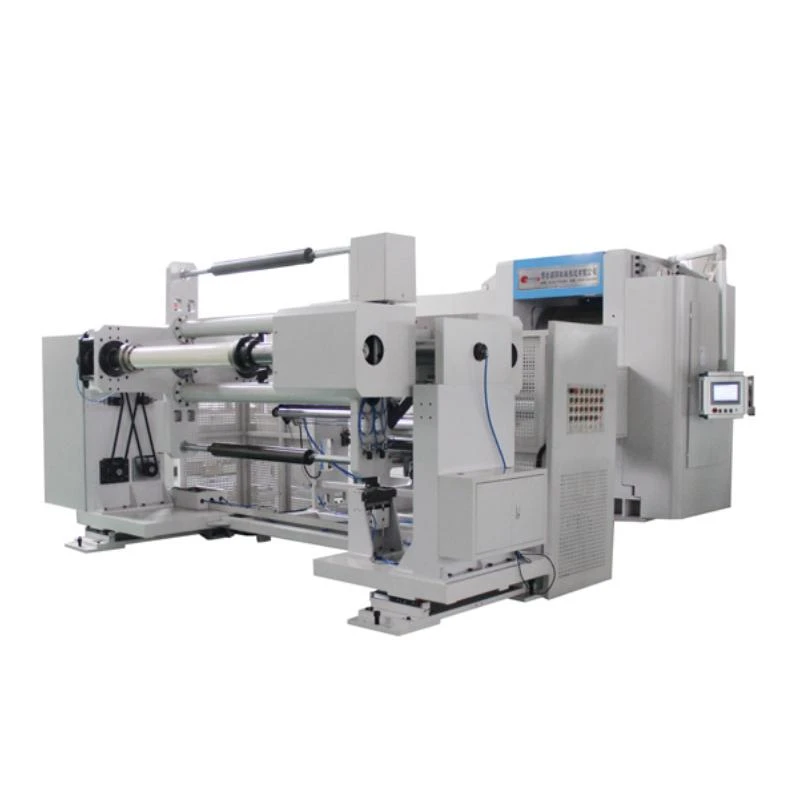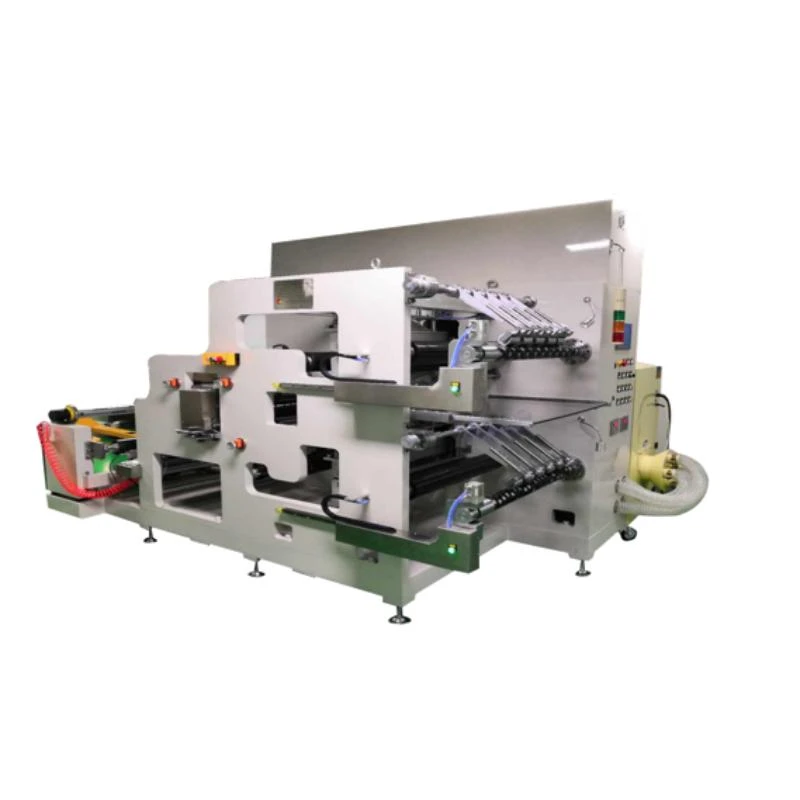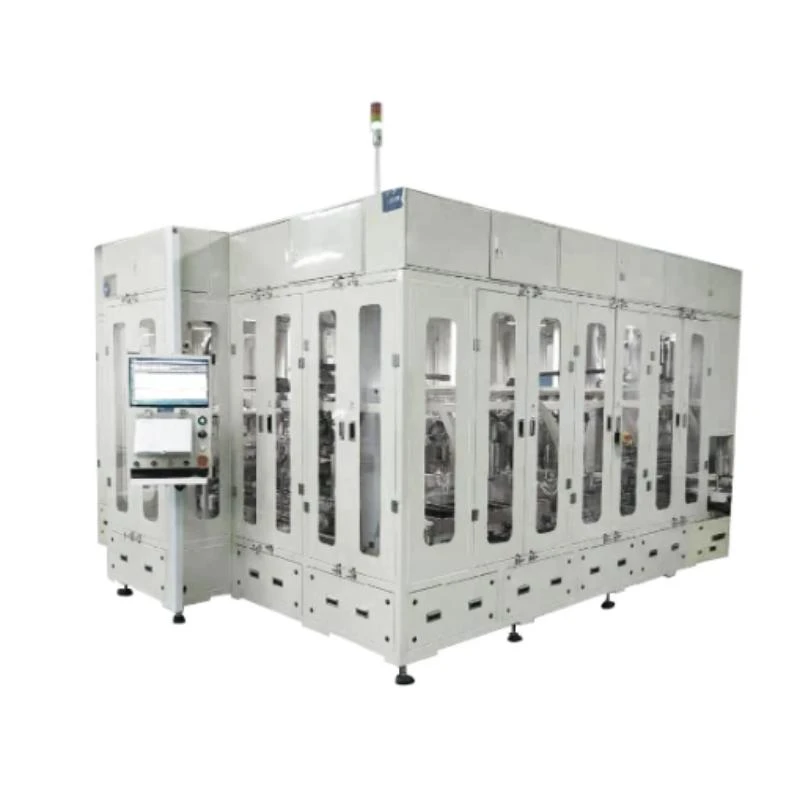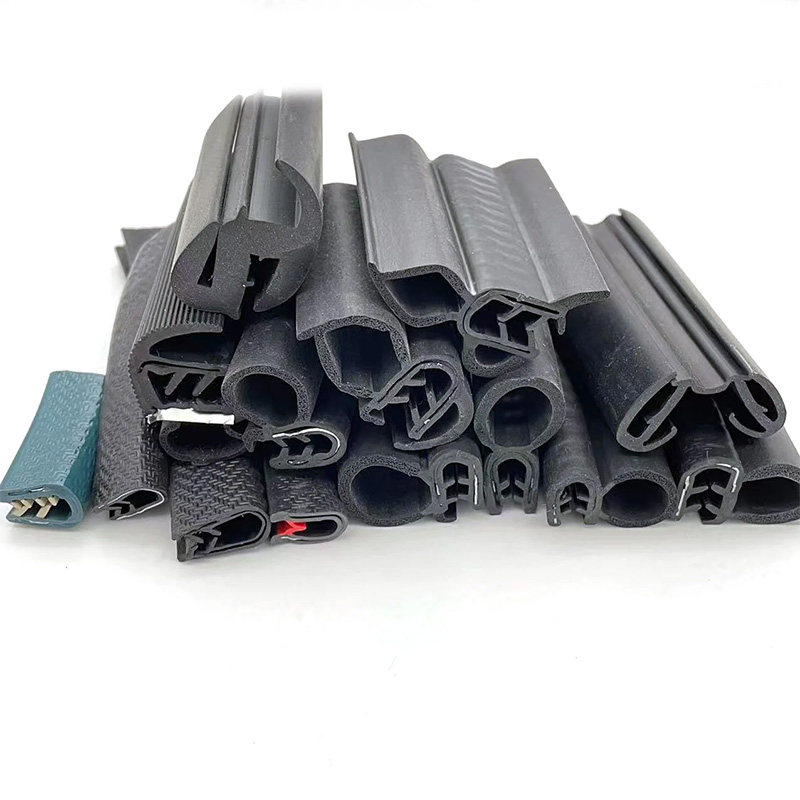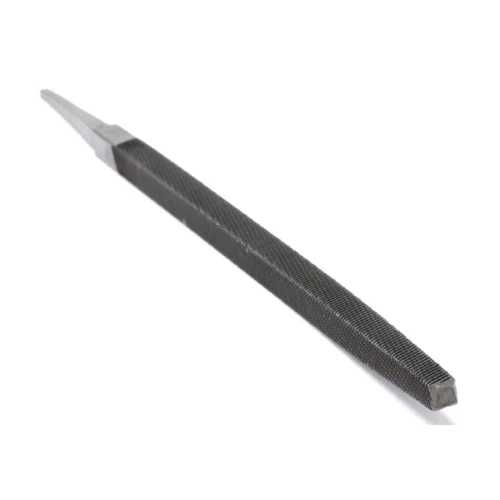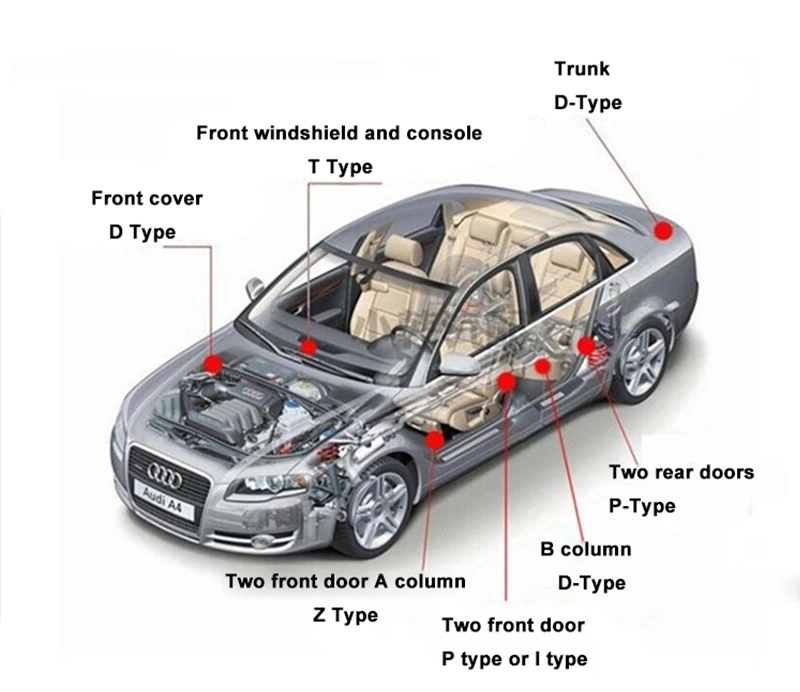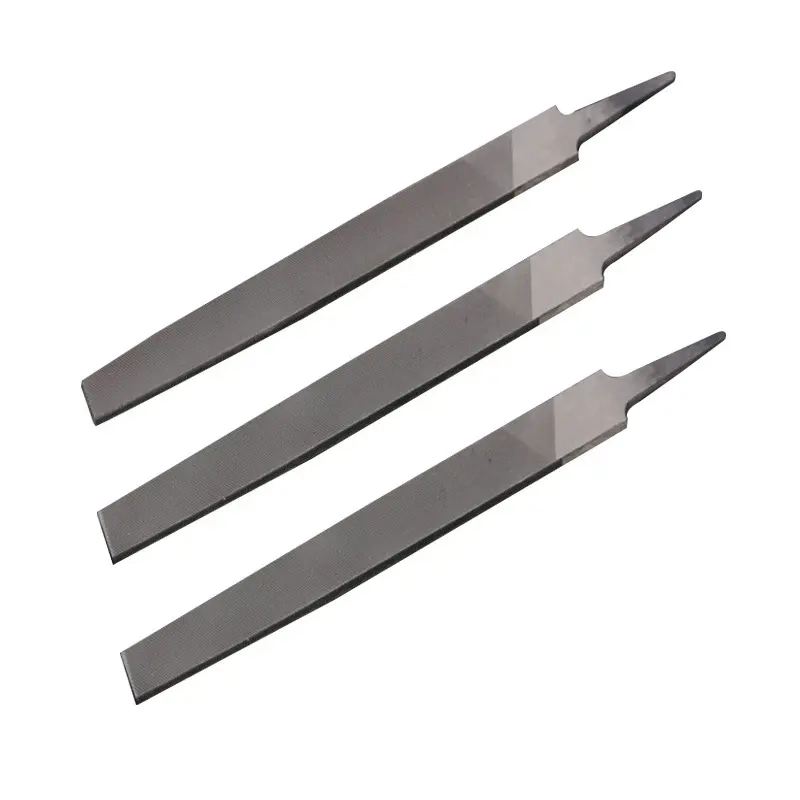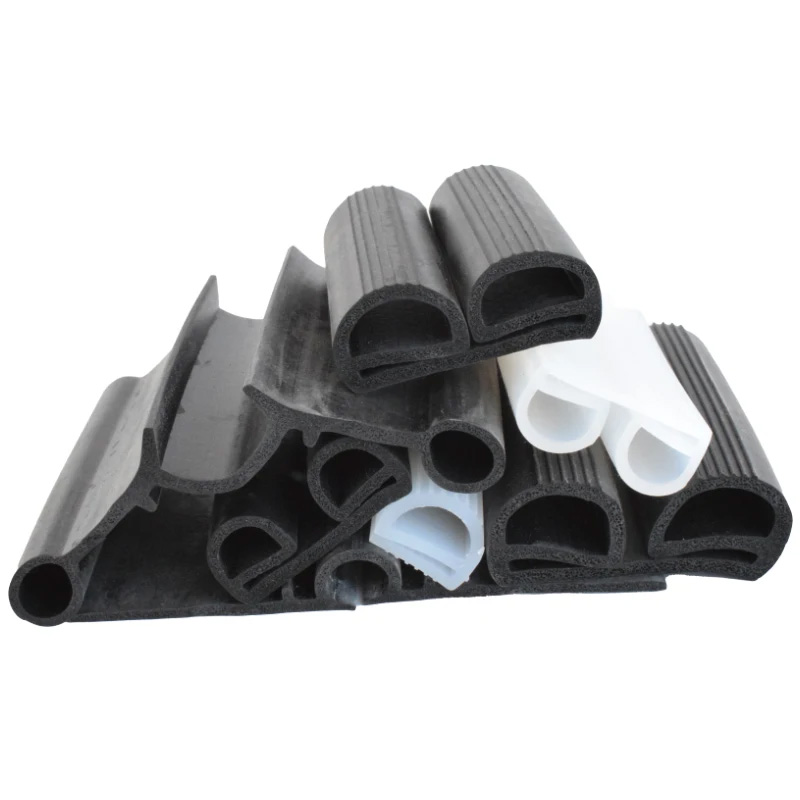Precision Equipment for Lithium Battery Assembly & Production Lines
Introduction to Precision Equipment for Lithium Battery Assembly
The global demand for lithium-ion batteries is experiencing unprecedented growth, driven by the electric vehicle (EV) market, renewable energy storage systems (ESS), and portable electronic devices. This surge necessitates highly advanced and reliable equipment for lithium battery assembly. The integrity and performance of these batteries are paramount, directly impacting safety, longevity, and efficiency. As such, manufacturers are increasingly investing in sophisticated machinery that can ensure precision, consistency, and rigorous quality control throughout the entire production lifecycle.
Our focus today is on critical quality assurance components within the broader framework of lithium ion battery production equipment, specifically highlighting the Automatic Vacuum Leak Detection System. This system plays a vital role in identifying microscopic defects that could compromise battery performance and safety, thereby securing the long-term reliability of lithium-ion cells. Understanding the intricacies of such specialized lithium cell machinery is essential for B2B decision-makers and engineers aiming to optimize their lithium ion battery assembly line.
Industry Trends in Lithium Battery Manufacturing
The lithium-ion battery industry is characterized by rapid innovation and automation. Key trends include:
- Increased Automation and AI Integration: To meet escalating demand and improve efficiency, manufacturing processes are becoming fully automated, leveraging AI for predictive maintenance, quality control, and process optimization. This minimizes human error and maximizes throughput for equipment for lithium battery assembly.
- Enhanced Safety Protocols: Given the potential hazards associated with lithium batteries, safety during production and in end-use applications is a primary concern. Advanced leak detection, fire suppression, and ventilation systems are becoming standard.
- Sustainability and Material Efficiency: Manufacturers are focusing on reducing waste, improving energy efficiency in production, and exploring sustainable material sourcing and recycling solutions.
- Higher Energy Density and Faster Charging: Continuous research and development are pushing the boundaries of battery performance, requiring more precise and robust equipment for lithium cell assembly capable of handling new chemistries and designs.
- Modular and Scalable Production Lines: The ability to quickly adapt and scale production is crucial for agile response to market changes, driving demand for modular and flexible manufacturing solutions.
These trends underscore the critical need for reliable, high-precision equipment for lithium battery assembly that can keep pace with technological advancements and stringent quality requirements.
Detailed Process Flow: Manufacturing the Automatic Vacuum Leak Detection System
The production of a sophisticated piece of lithium cell machinery like an Automatic Vacuum Leak Detection System involves a meticulous, multi-stage process to ensure its precision, reliability, and longevity. This system is crucial in the lithium ion battery assembly line, guaranteeing the hermetic sealing of battery cells.
I. Material Sourcing and Preparation
- Primary Materials: High-grade stainless steel (e.g., SUS304, SUS316L) for vacuum chambers and critical fluidic pathways due to its excellent corrosion resistance and mechanical strength. Precision-machined aluminum alloys for structural components where weight reduction and heat dissipation are crucial.
- Sealing Components: High-purity elastomers (e.g., Viton, Kalrez) selected for their low outgassing properties and resistance to various chemicals, essential for maintaining vacuum integrity.
- Electronic Components: Industrial-grade sensors (pressure, temperature), PLCs (Programmable Logic Controllers), vacuum pumps (e.g., rotary vane, turbomolecular), and control modules from certified suppliers, ensuring long-term stability and compatibility.
- Pre-Processing: Raw materials undergo initial inspections for dimensional accuracy, surface finish, and material composition verification using spectrometry.
II. Manufacturing Processes
- CNC Machining: Precision components, such as vacuum chamber parts, manifolds, and intricate sensor mounts, are manufactured using multi-axis CNC machines. This ensures micron-level tolerances critical for vacuum sealing and repeatable operation. Surface finishes are meticulously controlled to minimize outgassing and improve vacuum performance.
- Welding & Fabrication: Stainless steel vacuum chambers are TIG (Tungsten Inert Gas) welded in a controlled environment to ensure hermetic seals and minimize internal stresses. Welds are inspected via visual, dye penetrant, and X-ray methods.
- Surface Treatment: Components may undergo electropolishing or passivation to enhance corrosion resistance and reduce particle generation, especially for components in contact with the vacuum environment.
- Assembly: Cleanroom conditions (e.g., ISO Class 7 or 8) are maintained for the assembly of vacuum components, sensors, and electrical systems to prevent contamination. Trained technicians meticulously assemble mechanical and electrical subsystems.
- Wiring & Control Panel Integration: Industrial-grade wiring harnesses are custom-fabricated. PLCs, HMI (Human-Machine Interface) touch screens, and safety interlocks are integrated into robust control panels, designed for industrial environments (e.g., IP65 rating).
III. Testing and Quality Assurance
- Sub-Assembly Testing: Each major sub-assembly (e.g., vacuum pump module, control unit, handling robotics) undergoes individual functional and performance tests.
- Leak Rate Testing: The entire vacuum system is tested for its ultimate vacuum level and background leak rate using helium mass spectrometer leak detectors. Target leak rates are typically in the range of 10-9 mbar·l/s or lower, meeting stringent industry benchmarks.
- Functional Testing: The system is run through its complete operational sequence, simulating real-world equipment for lithium battery assembly scenarios. This includes testing cell handling, vacuum cycling, pressure decay measurement, and data logging.
- Safety and Electrical Compliance: Adherence to international standards such as ISO 13849 (Safety of Machinery), EN 60204-1 (Electrical Equipment of Machines), and CE marking directives is rigorously verified.
- Calibration: All pressure sensors, flow meters, and temperature sensors are calibrated against traceable standards (e.g., NIST, UKAS) to ensure accurate measurements.
- Environmental Testing: Systems may undergo environmental testing (e.g., temperature and humidity cycling) to ensure robustness in varied operational climates.
IV. Post-Production and Integration
After successful factory acceptance testing (FAT), the system is prepared for shipment, often involving modular design for easier transport and on-site integration. Typical service life for such robust industrial lithium ion battery production equipment is designed for 10-15 years with proper maintenance, ensuring a high return on investment.
Target Industries: While the core product is for battery manufacturing, the underlying technologies and manufacturing precision benefit industries such as semiconductor, aerospace, pharmaceutical, and high-precision industrial manufacturing, demonstrating advantages in energy saving through optimized vacuum cycles and corrosion resistance crucial for longevity in demanding environments.
Technical Specifications & Core Functionality of Automatic Vacuum Leak Detection System
The Automatic Vacuum Leak Detection System is an indispensable component in modern lithium ion battery production equipment, designed to perform precise, high-speed leak tests on individual battery cells, modules, or packs. Its core functionality revolves around creating a vacuum environment and detecting minute pressure changes or tracer gas leakage, indicating structural integrity flaws.
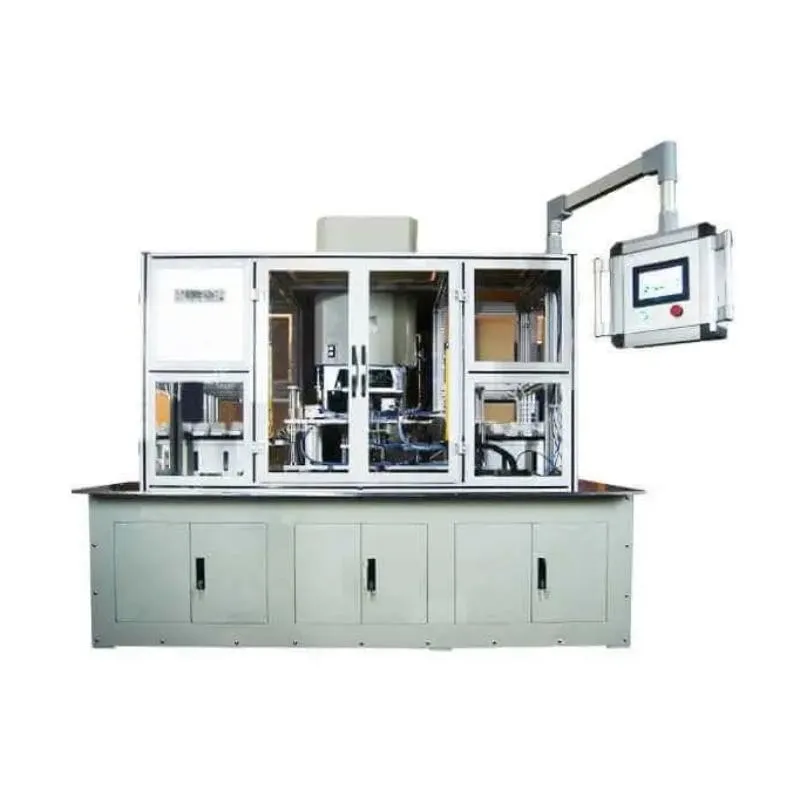
Key Product Specifications Table
| Parameter | Specification |
|---|---|
| Test Method | Pressure Decay Method / Helium Mass Spectrometer (Optional) |
| Detection Accuracy | Down to 10-5 Pa·m3/s (Pressure Decay); 10-9 mbar·l/s (Helium) |
| Test Cycle Time | Typical 5-20 seconds per cell (adjustable based on cell size and required accuracy) |
| Applicable Cell Types | Pouch, Cylindrical, Prismatic (with adaptable fixtures) |
| Vacuum Pressure Range | 10-1000 Pa (absolute) |
| Operating Temperature | 15°C - 35°C |
| Dimensions (L×W×H) | Varies by model and capacity, typically 1500mm × 1000mm × 2000mm |
| Control System | Industrial PLC with HMI Touch Screen Interface |
| Communication Ports | Ethernet, ProfiNet, RS-232/485 for MES integration |
| Power Supply | AC 380V ±10%, 50/60Hz, 3-phase |
The system operates by placing a battery cell into a sealed test chamber. A vacuum pump evacuates the air from the chamber, creating a differential pressure. If the cell has even a micro-leak, internal gas (or electrolyte vapor) will escape, causing a detectable pressure rise within the sealed chamber. Advanced algorithms analyze the pressure decay curve to determine the leak rate with high precision, ensuring that only perfectly sealed cells proceed to the next stage of the lithium ion battery assembly line.
For even higher sensitivity, a helium mass spectrometer option can be integrated. In this setup, cells are pre-filled with a small amount of helium, and the spectrometer directly detects helium escaping through potential leaks, offering unparalleled accuracy for demanding applications where zero defects are critical.
Application Scenarios & Advantages in Lithium Battery Production
The Automatic Vacuum Leak Detection System is a cornerstone of quality control across various stages of the lithium ion battery assembly line. Its robust design and high precision make it suitable for diverse application scenarios, providing critical advantages for manufacturers.
Typical Application Scenarios:
- Pre-Formation Leak Testing: Before the electrolyte filling and formation processes, cells are tested for initial structural integrity. This prevents costly waste of electrolyte and energy on defective cells.
- Post-Sealing Verification: After the primary sealing process (e.g., laser welding for cylindrical cells, heat sealing for pouch cells), the system verifies the effectiveness of the seal. This is a crucial checkpoint to ensure no micro-cracks or imperfect welds exist.
- Post-Electrolyte Filling Check: Although the electrolyte itself can seal very small leaks, a vacuum test post-filling (or using a tracer gas) can detect persistent structural defects that could lead to long-term performance degradation or thermal runaway.
- Module and Pack Assembly: For larger battery modules or packs, integrated leak detection systems can test the entire assembly or critical sub-components to ensure hermeticity, preventing moisture ingress or electrolyte leakage in the final product.
Key Advantages:
- Enhanced Safety: Detecting even microscopic leaks prevents potential thermal runaway events caused by electrolyte exposure to air or moisture ingress. This is paramount for consumer safety and compliance with global safety standards.
- Improved Battery Longevity and Performance: A perfectly sealed cell maintains its internal chemistry, preventing degradation from external contaminants and ensuring optimal long-term performance and cycle life.
- Significant Cost Savings: Early detection of faulty cells saves considerable costs associated with wasted materials (electrolyte, active materials), energy consumption during formation, and subsequent rework or warranty claims. By catching defects at the cell level, overall yield for the lithium ion battery assembly line is dramatically improved.
- High Throughput and Automation Compatibility: Designed for continuous operation, these systems integrate seamlessly into fully automated lithium ion battery production equipment, handling thousands of cells per hour without manual intervention.
- Precision and Reproducibility: Advanced sensor technology and control algorithms ensure consistent and highly accurate leak rate measurements, minimizing false positives and negatives, which is crucial for overall quality control of all equipment for lithium battery assembly.
- Material Compatibility and Corrosion Resistance: The use of high-grade stainless steel and specialized elastomers in the construction of the test chamber ensures excellent resistance to corrosion from residual electrolyte vapors, guaranteeing a long service life and reliable operation even in harsh industrial environments.
By implementing such advanced leak detection systems, manufacturers not only elevate the quality and safety of their products but also achieve substantial operational efficiencies and cost reductions throughout the entire battery production process.
Technical Advantages and Innovation in Leak Detection
The cutting-edge equipment for lithium battery assembly, particularly the Automatic Vacuum Leak Detection System, incorporates several innovative technical advantages that set it apart in the demanding field of battery manufacturing.
I. Advanced Sensor Technology
- High-Sensitivity Pressure Transducers: Utilizing piezoresistive or capacitive pressure transducers with resolutions typically down to 0.01 Pa. These sensors are highly stable over time and temperature, critical for detecting minute pressure drops in vacuum.
- Helium Mass Spectrometry Integration: For applications requiring the absolute lowest detection limits, the integration of state-of-the-art helium mass spectrometers provides unparalleled sensitivity (10-12 mbar·l/s for base leak) for detecting trace amounts of helium used as a tracer gas.
II. Optimized Vacuum System Design
- Multi-Stage Pumping: Employing combinations of roughing pumps (e.g., rotary vane, scroll pumps) and high-vacuum pumps (e.g., turbo-molecular pumps) to achieve rapid evacuation times and ultra-low background pressures. This significantly reduces cycle time for each test, boosting overall throughput of the lithium ion battery assembly line.
- Modular Vacuum Chambers: Designed for quick changeovers between different cell formats (pouch, cylindrical, prismatic) with minimal tooling. Chambers are engineered with minimal dead volume to ensure fast pump-down and accurate pressure decay measurements.
- Dynamic Sealing Mechanisms: Advanced pneumatic sealing mechanisms with precise force control ensure consistent and reliable sealing around the battery cell, preventing external leaks during the test cycle.
III. Intelligent Control and Data Management
- PLC-Based Control with Real-time Analysis: Industrial PLCs (e.g., Siemens, Rockwell) provide robust and reliable control over all system parameters. Integrated algorithms perform real-time pressure decay analysis, compensating for temperature variations and chamber volume fluctuations to maintain high accuracy.
- Intuitive HMI and SCADA Integration: User-friendly Human-Machine Interfaces (HMIs) with graphical representations allow operators to monitor test progress, adjust parameters, and view results easily. Full SCADA (Supervisory Control and Data Acquisition) compatibility allows seamless integration into broader factory management systems (MES/ERP) for comprehensive data logging, traceability, and process optimization.
- Predictive Maintenance Capabilities: Sensors monitor pump health, valve cycles, and other critical component performance, enabling predictive maintenance to minimize downtime and extend the life of the equipment for lithium cell assembly.
IV. Enhanced Reliability and Safety Features
- Robust Construction: Chassis and structural components are engineered from heavy-duty steel or aluminum profiles, ensuring stability and vibration dampening for long-term precise operation.
- Comprehensive Safety Interlocks: Integrated safety light curtains, emergency stop buttons, and interlocked doors protect operators and prevent accidental exposure to moving parts or vacuum environments, complying with ISO 13849 safety standards.
- Compliance with Industry Standards: Designed and manufactured to meet CE, UL, and other relevant regional and international safety and quality standards, affirming its reliability and suitability for global markets.
These technical advantages ensure that the Automatic Vacuum Leak Detection System delivers not just high accuracy, but also superior throughput, operational reliability, and ease of integration, making it a pivotal investment for any advanced lithium ion battery production equipment setup.
Vendor Comparison: Key Differentiators in Leak Detection Systems
Selecting the right equipment for lithium battery assembly, especially for critical processes like leak detection, requires careful consideration of various vendor offerings. While many manufacturers provide leak detection systems, key differentiators in technology, support, and customization capabilities significantly impact the overall value proposition. Here's a comparative overview of typical features:
Leak Detection System Comparison Table
| Feature/Vendor Type | Our Advanced System (e.g., XT Shuoding) | Standard Industrial System | Basic Entry-Level System |
|---|---|---|---|
| Detection Method | Pressure Decay + Optional Helium Mass Spec | Pressure Decay (Standard) | Bubble Test / Basic Pressure Drop |
| Detection Sensitivity | 10-9 mbar·l/s (He), 10-5 Pa·m3/s (Air) | 10-4 Pa·m3/s (Air) | 10-3 Pa·m3/s (Air) |
| Test Cycle Time | 5-20 seconds per cell (optimized) | 15-40 seconds per cell | 30-60 seconds per cell (manual) |
| Automation Level | Fully Automatic, Robotic Integration Ready | Semi-Automatic to Fully Automatic | Manual/Semi-Automatic |
| Data Logging & MES Integration | Comprehensive, Real-time, full MES/SCADA compatibility | Basic to Moderate, CSV Export | Limited, Manual Recording |
| Cell Adaptability | Quick Changeover Fixtures (Pouch, Cylindrical, Prismatic) | Limited Fixture Adaptability | Fixed for specific cell types |
| Reliability & Uptime | High, with Predictive Maintenance | Medium, Reactive Maintenance | Lower, higher manual intervention |
| Compliance & Certs | CE, ISO, UL (when applicable), full safety interlocks | Basic Safety, CE certified | Local Standards only |
Choosing advanced equipment for lithium battery assembly like our Automatic Vacuum Leak Detection System offers a distinct competitive edge by providing superior accuracy, higher throughput, and seamless integration into modern smart factories. This investment ensures not only product quality but also operational efficiency and future scalability for manufacturers navigating the dynamic battery market.
Customized Solutions for Evolving Production Needs
Recognizing that no two battery manufacturing facilities are identical, our approach to providing equipment for lithium battery assembly emphasizes customization. We understand that specific production volumes, cell formats, factory layouts, and integration requirements demand tailored solutions, not one-size-fits-all machinery.
Tailoring the Automatic Vacuum Leak Detection System:
- Cell Format Adaptability: Customized fixturing and handling mechanisms are designed to accommodate a wide range of battery cell sizes and types – from small cylindrical cells (18650, 21700) to large pouch cells and prismatic modules. Our engineering team works closely with clients to develop specific jigs that ensure secure, repeatable placement and sealing.
- Throughput Optimization: Depending on desired production rates, systems can be scaled with multiple parallel test chambers or integrated with high-speed robotic loading/unloading systems to match line speeds of high-volume lithium ion battery production equipment.
- Integration with Existing Lines: We provide detailed mechanical and electrical interface specifications to ensure seamless integration with existing upstream and downstream equipment (e.g., conveyor systems, robotic pick-and-place, MES/SCADA systems). This minimizes disruption and maximizes overall line efficiency.
- Detection Sensitivity and Method: While pressure decay is standard, specific applications demanding ultra-low leak rates can opt for integrated helium mass spectrometer modules. This allows manufacturers to select the optimal balance between cost, speed, and sensitivity for their particular product.
- Environmental Control: For sensitive applications, specialized chambers with controlled temperature and humidity can be integrated to ensure measurement stability and accuracy, especially in non-climate-controlled factory environments.
- Software Customization: The HMI and control software can be customized to display specific KPIs, integrate unique data analysis routines, or comply with proprietary data logging formats required by the client's quality management system.
- Footprint and Layout: Systems can be designed with compact footprints or specific configurations (e.g., in-line, U-shaped) to fit within existing factory space constraints, ensuring optimal flow in the lithium ion battery assembly line.
Our engineering team collaborates extensively with clients from initial concept development through to factory acceptance testing (FAT) and on-site commissioning. This collaborative approach ensures that the delivered equipment for lithium battery assembly is precisely aligned with operational goals, contributing to superior product quality and manufacturing efficiency.
Real-World Application Case Studies & Customer Feedback
Our commitment to providing top-tier equipment for lithium battery assembly is underscored by successful deployments and positive feedback from leading battery manufacturers. These case studies highlight the tangible benefits of integrating our Automatic Vacuum Leak Detection Systems into high-volume production environments.
Case Study 1: Large-Scale EV Battery Manufacturer
Client Profile: A global Tier 1 automotive battery supplier producing millions of prismatic lithium-ion cells annually for electric vehicles.
Challenge: The client faced challenges with maintaining consistent cell integrity post-sealing, leading to occasional electrolyte leakage during downstream processes or field failures, impacting their warranty costs and brand reputation. Their existing lithium cell machinery for leak detection was slower and less sensitive.
Solution: We implemented a fully automated, multi-chamber Automatic Vacuum Leak Detection System integrated into their high-speed lithium ion battery assembly line. The system utilized advanced pressure decay analysis coupled with a robotic handling unit for rapid cell transfer.
Results: Within six months of deployment, the client reported a 75% reduction in post-sealing leak-related defects. The system's rapid cycle time (under 10 seconds per cell) allowed for seamless integration without bottlenecking production. Data from the system provided crucial insights into sealing process variations, leading to further optimizations. "The precision and speed of this leak detection system have significantly elevated our quality control standards, directly impacting our bottom line and customer trust," stated their Head of Production Engineering.
Case Study 2: Consumer Electronics Battery Producer
Client Profile: A prominent manufacturer of small-format pouch cells for smartphones and wearable devices.
Challenge: The miniaturization of pouch cells made leak detection extremely difficult, as even micro-pinholes could compromise performance. Manual inspection methods were slow, inconsistent, and highly prone to error. They needed more precise equipment for lithium battery assembly.
Solution: We provided a compact, high-sensitivity Automatic Vacuum Leak Detection System specifically designed for small pouch cells, featuring a quick-change fixture system and advanced helium mass spectrometry. This allowed for ultra-trace leak detection at a critical stage after electrolyte filling.
Results: The client achieved a near-zero (0.001%) defect rate for leakage, improving product safety and reliability for millions of devices. The system's automation also reduced labor costs and improved throughput by 40% compared to their previous semi-manual processes. The system quickly became a benchmark for quality in their lithium ion battery production equipment setup.
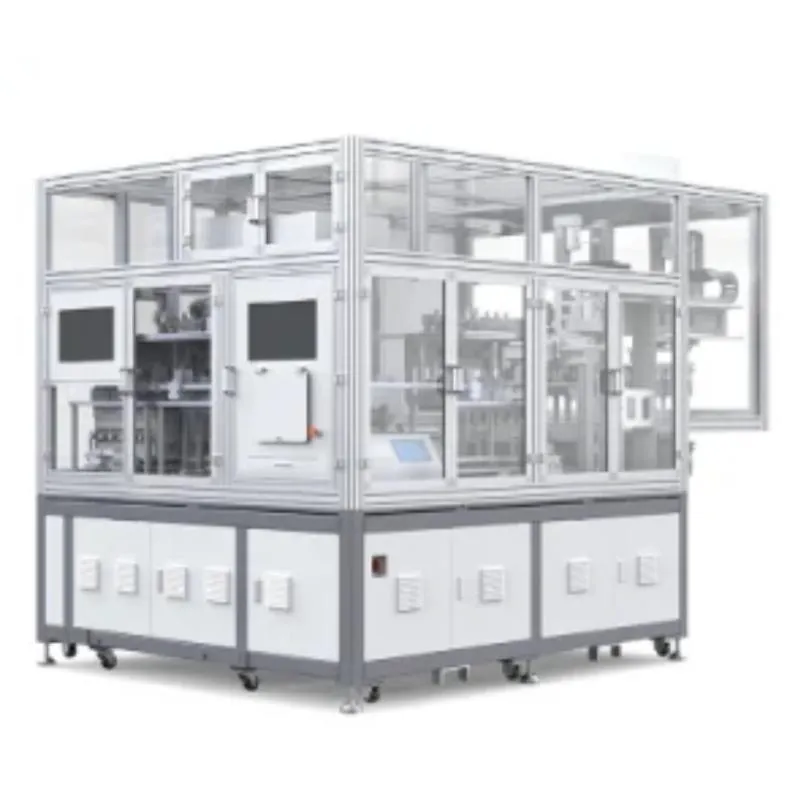
These case studies exemplify how specialized equipment for lithium battery assembly, particularly advanced leak detection systems, can drive significant improvements in quality, safety, and efficiency across diverse battery manufacturing operations. Our partnerships with leading companies and years of service in the industry attest to our authoritativeness in this domain.
Trustworthiness & Support: Ensuring Your Investment
At XT Shuoding, our commitment extends beyond delivering high-performance equipment for lithium battery assembly. We prioritize building long-term trust through comprehensive support, transparent processes, and verifiable quality assurances.
Company Certifications & Partnerships:
- ISO 9001:2015 Certified: Our manufacturing processes and quality management systems adhere to the rigorous standards of ISO 9001, ensuring consistent product quality and continuous improvement.
- CE Mark Compliance: All our lithium cell machinery is designed and manufactured to meet European safety, health, and environmental protection requirements, verified by the CE mark.
- Strategic Partnerships: We collaborate with leading technology providers for critical components (e.g., Siemens, Rockwell, Pfeiffer Vacuum) to ensure the highest reliability and performance of our systems.
- Years of Service: With over 15 years of specialized experience in precision automation and leak detection technologies, we have developed deep expertise in serving the battery manufacturing industry.
Frequently Asked Questions (FAQ):
- Q1: What is the typical lead time for an Automatic Vacuum Leak Detection System?
- A1: Standard configurations typically have a lead time of 12-16 weeks from order confirmation. Custom solutions may require 16-24 weeks, depending on complexity. We provide a detailed project timeline upon proposal acceptance.
- Q2: What kind of warranty is offered with your equipment for lithium battery assembly?
- A2: We offer a comprehensive 12-month warranty on parts and labor for all our equipment, starting from the date of final acceptance at the client's site. Extended warranty options are also available.
- Q3: How is customer support and after-sales service handled?
- A3: Our dedicated customer support team provides 24/7 remote technical assistance. On-site support from our field service engineers is available for installation, commissioning, training, and troubleshooting globally. We also offer preventative maintenance contracts and readily available spare parts.
- Q4: Can the system be integrated with my existing Manufacturing Execution System (MES)?
- A4: Absolutely. Our systems are designed with industry-standard communication protocols (e.g., OPC UA, Ethernet/IP, Modbus TCP) to facilitate seamless integration with your existing MES or SCADA systems for data logging, traceability, and remote control.
Lead Time & Fulfillment Details:
Upon receiving your order, our project management team initiates the process with detailed design reviews, component procurement, manufacturing, and rigorous FAT (Factory Acceptance Testing). We maintain clear communication throughout, providing regular updates on project milestones and shipping schedules. Our global logistics partners ensure secure and timely delivery to your facility.
Warranty Commitments:
Our standard warranty covers manufacturing defects and component failures under normal operating conditions. Our goal is to minimize downtime and ensure the continuous operation of your lithium ion battery production equipment. Specific details are outlined in our contractual agreements.
Comprehensive Customer Support:
Our commitment to customer success includes:
- Technical Training: On-site and remote training programs for your operators and maintenance staff.
- Spare Parts Management: A comprehensive inventory of critical spare parts for rapid dispatch.
- Software Updates: Regular software updates to enhance functionality and incorporate new features.
We stand by the quality and reliability of our equipment for lithium battery assembly, offering unparalleled support to ensure your long-term operational success.
Conclusion
The escalating demand for high-performance, safe, and reliable lithium-ion batteries has made the role of advanced equipment for lithium battery assembly more critical than ever. Investing in precision machinery, such as the Automatic Vacuum Leak Detection System, is no longer a luxury but a necessity for manufacturers aiming to maintain a competitive edge, ensure product quality, and safeguard their brand reputation.
Our systems offer unparalleled accuracy, high throughput, and seamless integration capabilities, designed to meet the rigorous demands of modern lithium ion battery production equipment. By prioritizing innovation, robust engineering, and comprehensive customer support, we empower battery manufacturers to achieve superior operational efficiency and consistently produce cells that meet the highest standards of safety and longevity. As the industry continues its rapid evolution, partnering with a provider of advanced lithium cell machinery is key to navigating future challenges and unlocking new opportunities in the global energy landscape.
References
- BloombergNEF. "Long-Term Electric Vehicle Outlook 2023."
- International Organization for Standardization (ISO). "ISO 9001: Quality management systems."
- European Committee for Standardization (CEN). "EN 60204-1: Safety of machinery - Electrical equipment of machines."
- Applied Vacuum Technology. "Principles of Leak Detection."
- Journal of Power Sources. "Review on leak detection technologies for lithium-ion battery cells."
Share
-
Lithium Battery Welding Machine | High-Precision, Fast, SafeNewsNov.17,2025
-
Aluminium Guide Roller | Anodized, Lightweight, Low-NoiseNewsNov.17,2025
-
Tofu Cat Litter Bulk – Eco, Low-Dust, Fast Clumping SupplyNewsNov.17,2025
-
Equipment for Lithium Cell Assembly | Automated & PreciseNewsNov.10,2025
-
Square File Tool – Precision Cut, Hardened Steel, VersatileNewsNov.10,2025
-
Lithium Ion Battery Assembly Machine | Automated, High-SpeedNewsNov.10,2025
